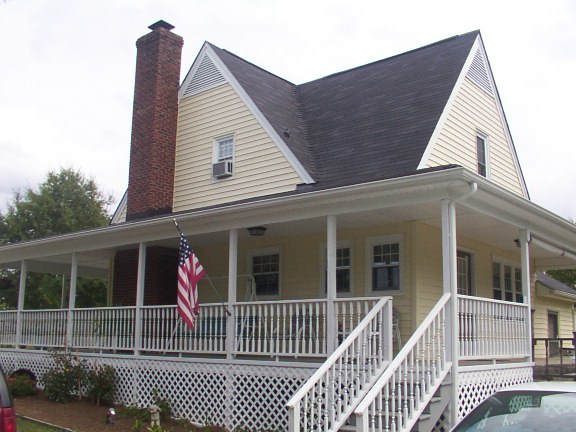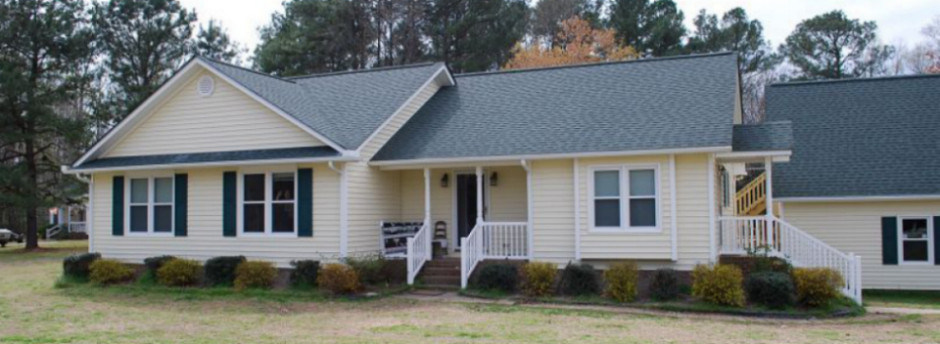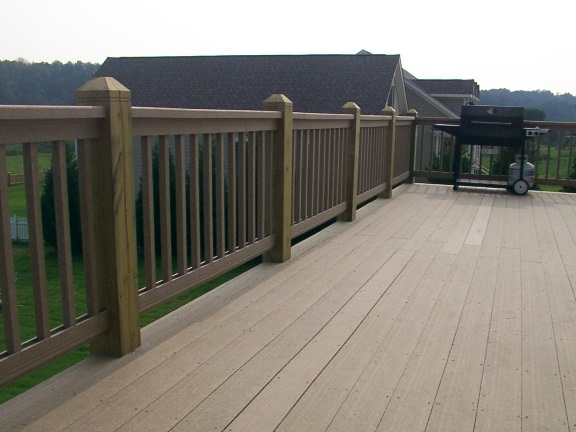 Installing Vinyl Siding properly
Installing Vinyl Siding properly
Vinyl siding can be a great addition to your home or an enduring disappointment if not properly installed. Because vinyl siding is expected to protect your home from the elements for decades while retaining it appearance it only makes sense to use a quality brand that has an excellent warranty and a proven track record. However, no matter the quality, installing vinyl siding properly is crucial for long term satisfaction. Everyone has seen loose or sagging vinyl siding and even missing pieces that have blown off. This is almost always due to improper installation which unfortunately occurs far too often.
As vinyl siding has gained in popularity more and more home improvement and construction companies of all sizes have become installers. To stay competitive on price many companies take short cuts that enable them to finish the job quicker, but as can be expected the quality of the work inevitably suffers. Ironically, when companies are awarded jobs solely because of low prices, they often leave the home owner with substandard workmanship that is impossible to resolve without removing and re-installing most of the siding. Installing vinyl siding properly is time consuming but the extra time spent is a wise investment and a small price for the piece of mind that comes with a good looking and long lasting siding job. Below are some of the steps in installing vinyl siding that are most often overlooked or improperly done.
Key steps to installing vinyl siding properly
- The most important function of vinyl siding is protecting your home. Installing vinyl siding properly requires that your home have the proper underlayment, such as insulation sheeting on previously sided homes or house wrap on new homes. This acts as a moisture and vapor barrier with the insulation sheeting providing the added benefit of smoothing uneven surfaces. Another critical step is flashing around windows and doors as well as multiple other areas that are susceptible to water infiltration behind the siding. Unlike roof flashing, which is often visible around chimneys or where a roof-line meets a wall, the flashing for vinyl siding is hidden behind the siding. If the flashing is improperly placed or left off altogether there is no way to tell until substantial damage has occurred behind the siding.
- Siding that is nailed too tight or cut to long will be unable shift as it expands and contracts with changing temperatures. This inability to shift will cause the siding to buckle and warp resulting in an unsightly siding project. This is of such concern that most installers actually nail the siding too loose. In the industry, installing vinyl siding is referred to as “hanging” the siding. Properly installed nails are driven to within 1/16 to 1/32 inch of the siding leaving a gap about the thickness of a dime between the nail head and the siding. Many installers leave a much too large 1/4 inch gap, which more appropriately may be called “dangling” the siding. When installed this loose the siding will actually rattle in the wind, producing unwanted noise, and eventually becoming loose enough to sag off or be blown off the house. Because loose nails in each piece of siding are hidden by the next interlocking piece of siding they can not be tightened up without disengaging the interlock of every piece of siding on the wall.
- An almost completely ignored issue on both new and residing projects is carpenter bee damage. Carpenter bees will explore every inch of the soffit on a house looking for a route to any underlying wood. If they are successful in finding wood they will bore tunnels which are expanded each year until the underlying wood is riddled with holes, sometimes to the point of structural damage. Read Bee Observant of bee damage for more insight on why carpenter bees damage homes. Properly installed vinyl siding and trim will prevent bees from attacking your home but just as with the flashing it is difficult to tell if the proper steps were taken after the project is complete.
- The fascia boards, on any vinyl siding project, are usually covered with painted or vinyl clad aluminum coil stock that is custom cut and formed on the job site. The formed trim stock is then secured to the wood fascia board with small stainless steel nails that are color matched to the trim coil. For some reason (perhaps to save a few pennies on nails or a little time) far too many installers use too few nails and then only place them along the center of the trim. Because of the inadequate number of nails used and single line positioning, wind can easily get under the edge of the trim and rattle it loose over time. This common problem is easily prevented by increasing the number of nails used and placing them in two lines near the upper and lower edge of the trim stock.
There are many other “tricks of the trade,” too numerous to list that are required to achieve a good looking and long lasting vinyl siding job. Installing vinyl siding properly not only requires an intimate knowledge of construction technique and building code requirements but a conscientious installer that takes pride in their work.
Did you enjoy this post? leave us a note in the comments box below.
Want to see more?
Subscribe to our RSS feed or Subscribe by e-mail





I like how you mentioned that vinyl siding needs to have either insulation sheeting or house wrap to act as a vapor barrier. My current house looks like it needs a facelift. I’d love to replace my old siding with something newer.
I had no idea that vinyl siding can be installed too tightly. I wasn’t even aware that could be a problem. I have been considering updating my siding recently. It does seem like a good thing to have a professional install the new siding for me.